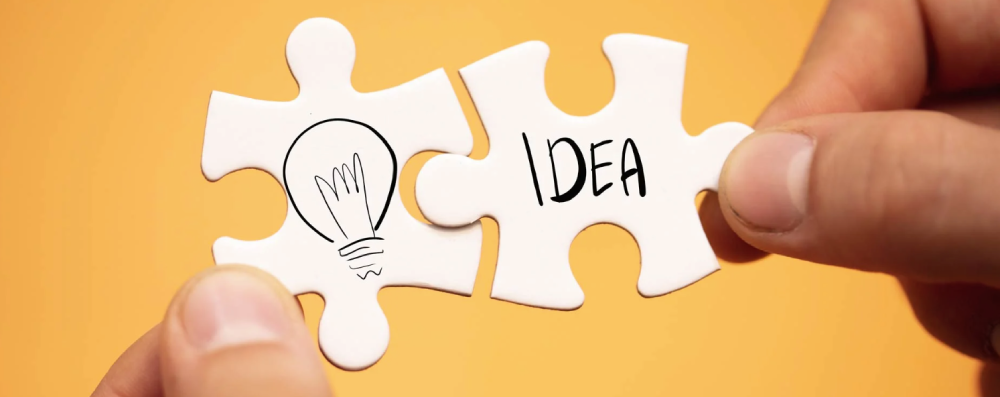Fundraising or brand first? This is the question on many organisations’ lips. It’s a valid question and one that I have toyed over for a number of years as both a brand specialist and a fundraiser. It’s a bit of a chicken and egg situation, you need the dollars so all you do is ask, ask, ask. But what is often overlooked is the strength of the dollars in the brand of an organisation. Take charities such as Great Ormond Street Hospital and Cancer Research UK, both of these organisation’s have gone above and beyond just asking for money to become brands that are recognised on a global level.

During my tenure at The Starship Foundation (New Zealand’s national children’s hospital) as the Head of Brand and Individual Giving, I was poised with a number of challenges regarding getting in the dollars but also raising awareness of the organisation. By taking a bonnet up approach, I delved into the mechanics of what motivated our donors to give. When I started at Starship there was a strong DM program, a regular giving program and some bequest work but not much in the way of large scale above the line coverage. There was a fabulous Communications team doing some amazing work in the PR space, however, brand and fundraising didn’t talk about what they were doing so the fundraisers would think that the PR didn’t work and the Communications team cringed at how frequently the fundraisers would be asking for money.
I led a number of very successful campaigns from raising money for the Starship National Air Ambulance to Starship’s biggest fundraising challenge – to fund 10 new paediatric intensive care beds – all in the middle of a global pandemic and cycling in and out of lockdowns. PICU was a capital campaign, not something that you get to work on every year, so I jumped at the chance with the team to put everything we had into it for the public phase. We had a limited budget and time restraints as well as access to families and clinicians due to the pandemic.
PICU: A success story
The PICU (paediatric intensive care unit) campaign was a big challenge. The silent phase had attracted a number of high profile donors in just over a year but we still needed to raise at least $1m (NZD) in the public phase. We had no media budget, a modest digital budget and enough money to make a TVC. We had to get this funding in, no matter what. So we set to work and got creative.
Pushing my pride to one side, I scoured LinkedIn for Head of Media type people at all the big media and TV companies in New Zealand. I sent emails, made phone calls and asked for favours from connections. It took me a little over two hours and, amazingly, everyone said YES! I managed to score over $1m of gift in kind airtime, $200k of outdoor media and a $45k radio grant. Patting myself on the back, I turned to our Comms team to see how we could create the biggest splash we’d ever made to both raise the profile of Starship on a national level as well as raising vital dollars. We had an amazing corporate partner for dollar matching and had them on board as advocates to push out to their networks, things were going well.
Planning out the PR for such a big campaign, especially after the silent phase was challenging and timing was everything. The silent campaign had been going on for just over a year and it was time to go public – New Zealand’s children desperately needed the extra beds. By making the patient families and clinician’s the hero’s, the campaign became theirs rather than the Foundation’s campaign. The clinician’s and families were totally invested in the success of the campaign and were involved every step of the way. They became the voice of PICU and the voice of the children of New Zealand. The launch of the public campaign started with a media event where press were invited to meet with one of the lead clinician’s and patient families. The press event was a huge success with national and regional coverage. We also put out a pitch to Sunday (a current affairs programme) and various breakfast TV shows. Sunday ran a 40 minute special on a young boy going through heart surgery. There was no ask made, it was simply an awareness piece. This was hugely successful and engaged the nation (special note to the Maori King who held a concert at his home to raise money for PICU).
The concept of 10 new beds was tangible, and if we hadn’t had this I don’t think the campaign would have been so successful. The engagement from the clinician’s and the families was absolute gold – without them we wouldn’t have had the voices of the people for who it mattered the most. The most successful television interview was with two ICU nurses. Having an engaged corporate partner meant we had more people to share the stories and put out the ask. The campaign resounded with the voice of the nation in despair for the lack of ICU beds for children.
Our digital was also on point. Parachute Digital worked hard to test and invest in the best messages, digital acquisition channels and high converting landing pages. We raised over $1million digitally.
Our community fundraisers got on board – lots of people who themselves had a Starship story. Our social community also got on board sharing their own personal stories to raise money for this campaign. And not to forget, timing is everything – we were in the middle of a global pandemic where the lack of ICU beds was all over the news globally. It was the perfect storm. But without the perfect ingredients of brand awareness, storytelling and asking we would not have been so successful.
We raised just over $2m with the public campaign – 100% more than we had targeted (and didn’t think we could manage). So with a little bit of creativity, a lot of favours and a lot of asking we provided New Zealand’s sickest children with the extra beds that were desperately needed.
When measuring the success of this campaign we had to take a holistic approach. Sure the TV ads worked, and so did the digital ads, but what worked best was when all channels were on and layered with some great PR coverage. That’s when we saw the donation spike and that is where the gold is. The sweet spot.
Top ten tips:
 For capital campaigns, leave at least a year before going public.
For capital campaigns, leave at least a year before going public.
 Use third party sites eg. media outlets to reach a wider audience and think nationally and regionally.
Use third party sites eg. media outlets to reach a wider audience and think nationally and regionally.
 You don’t need to ask in every channel. Multi-channel works on a number of levels – awareness, storytelling and then use your TVC, digital, DM and telemarketing channels to make the ask.
You don’t need to ask in every channel. Multi-channel works on a number of levels – awareness, storytelling and then use your TVC, digital, DM and telemarketing channels to make the ask.
 Create noise in the market at all levels and remember content is king. Think about who your donors are and what they care about? Is it the client/clinician/researcher etc.?
Create noise in the market at all levels and remember content is king. Think about who your donors are and what they care about? Is it the client/clinician/researcher etc.?
 Hold a press event.
Hold a press event.
 Get a corporate partner on board with dollar matching and tap into their networks.
Get a corporate partner on board with dollar matching and tap into their networks.
 Use influencers from your network.
Use influencers from your network.
 Don’t measure success just on dollars raised, measure it in future activities, too, such as bequests. The work you put into a big campaign will have a ripple effect on future activity.
Don’t measure success just on dollars raised, measure it in future activities, too, such as bequests. The work you put into a big campaign will have a ripple effect on future activity.
 Invest in brand awareness activity – this will pay dividends in engaging with Major Donors, Corporate Partners and for receiving Bequests.
Invest in brand awareness activity – this will pay dividends in engaging with Major Donors, Corporate Partners and for receiving Bequests.
 Reach out for gift-in-kind media – if you don’t ask, you don’t get!
Reach out for gift-in-kind media – if you don’t ask, you don’t get!
Have some questions or want to learn more about how to build and execute a brand awareness and conversion strategy for your fundraising campaigns? Get in touch.

